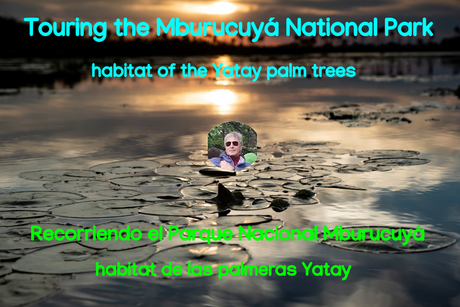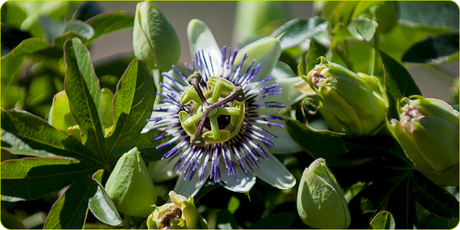
I continue to tell you about my research associated with plants and places of interest and places specially designed to protect them.
In the last posts I have shown you some information and pictures of places I have visited before the coronavirus pandemic (specifically between 2015 and 2019) and I hope to visit again in the near future to see how they have evolved in this last period.


Sigo contándoles sobre mi búsqueda asociada a plantas y lugares de interés y a lugares especialmente destinados a protegerlas.
En los últimos posts les he mostrado algo de información y fotos de lugares que he recorrido antes de la pandemia del coronavirus (concretamente entre los años 2015 y 2019) y que espero volver a recorrer en un futuro próximo para ver como han evolucionado en este último período.
En los tres posts anteriores me referí a dos plantas de bosques, obviamente poco conocidas en ciudad.


In the three previous posts I referred to two forest plants, obviously little known in the city.
The larch (also known by the indigenous name of "lahuan") a conifer that has its habitat in the Argentine and Chilean Patagonia.

El alerce (conocida también con el nombre indígena de "lahuan") una conífera que tiene su hábitat en la patagonia argentina y chilena.

The arrayan is a species of flowering plant in the myrtle family, native to the central Andes between Chile and Argentina, a vigorous, dense and evergreen tree with fragrant flowers.


El arrayán una especie de planta con flores de la familia del mirto, originaria de los Andes centrales entre Chile y Argentina, un árbol vigoroso, denso y siempre verde con flores fragantes.
At the other extreme, in the northwest of Argentina, the cardón is a plant typical of semi-desert or desert climates that can live up to 300 years.
 png)
png)
Today I am going to refer to a species that is very much appreciated in the avenues of the big cities: the spectacular Palmera Yatay.
The Mburucuyá National Park is a relatively new park since it was created in 2001 to study and protect the yatay palm groves.
It is a species in clear decline and therefore the necessary measures have been taken to protect it, including the specific creation of a protected area dedicated to its study and protection.

According to information collected on site by the park guards themselves, the main objective is to identify the yatay populations with the greatest genetic variability and to detect priority areas for the conservation of the species, preventing diseases, invasive species, etc.
The park has almost 18,000 hectares, with the natural characteristics of the environments of northwest Corrientes.
All this makes Mburucuyá National Park an important refuge for the native flora and fauna of the region.

En el otro extremo, en el noroeste argentino, el cardón una planta típica de los climas semidesérticos o desérticos que puede vivir hasta 300 años.

Hoy me voy a referir a una especie muy apreciada en las avenidas de las grandes ciudades: la espectacular Palmera Yatay.
El Parque Nacional Mburucuyá es un parque relativamente nuevo ya que nace en el año 2001, para estudiar y proteger los los palmares de yatay.
Se trata de una especie en franca disminución y por lo tanto se han actuado las medidas necesarias para protegerla, entre ellas, la creación específica de un área protegida dedicada a su estudio y protección.
Según información recogida en el lugar por los mismos guardiaparques, el objetivo principal esidentificar las poblaciones de yatay con mayor variabilidad genética y detectar áreas prioritarias para la conservación de la especie, previniendo enfermedades, especies invasoras, etc.

El parque tiene casi 18.000 hectáreas, con las características naturales de los ambientes del noroeste correntino.
Todo esto convierte al Parque Nacional Mburucuyá en un importante refugio para la flora y la fauna silvestre nativa de la región.

- Fuente de las imagenes / Sources images: Parque Nacional Mburucuya Sitio Oficial. / Mburucuya National Park Website Official

